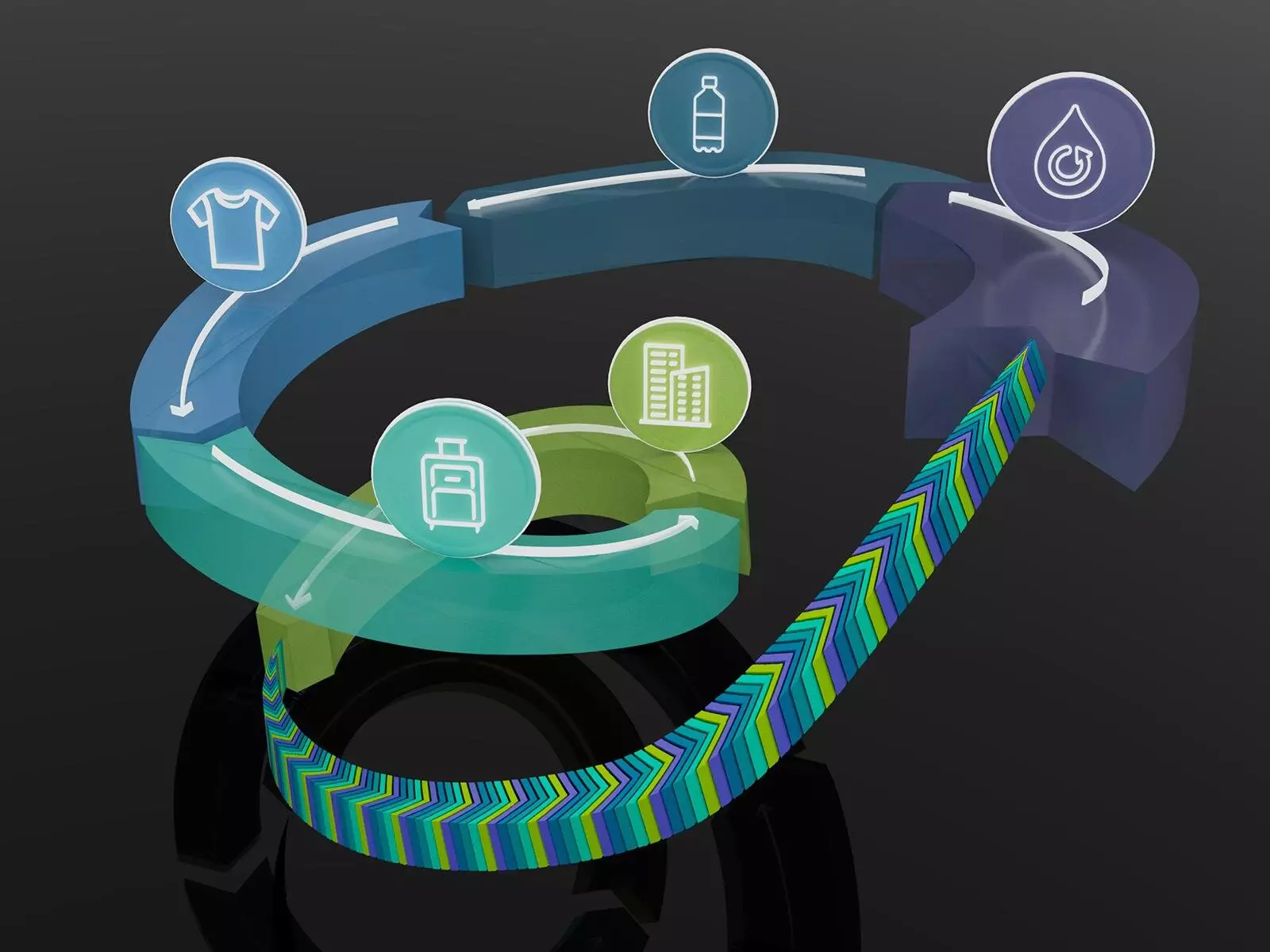When it comes to achieving net-zero carbon emissions, the traditional approach of converting various sectors to run on electricity generated from renewable sources may not be sufficient. While this approach works for sectors like personal vehicles and heating, it falls short when it comes to industries like plastics manufacturing, where carbon-based molecules are inherent to the production process. However, a new roadmap proposed by chemist Wendy Shaw of Pacific Northwest National Laboratory (PNNL) offers a multifaceted solution to reducing emissions in hard-to-electrify segments of the economy.
The key idea behind the roadmap is to shift towards a circular economy model, where carbon is not treated as a single-use commodity but rather as a valuable resource that can be reused multiple times. This would involve developing non-carbon fuels, finding non-fossil sources of carbon, and ensuring that once carbon enters the cycle, it remains in play through various industrial processes. The ultimate goal is to create a system where each carbon atom is recycled and reused, either within the same sector or as a feedstock for a completely new industry.
In order to achieve these ambitious goals, Director Steven Ashby emphasizes the need for novel and creative solutions. Collaboration between different scientific research institutions is crucial to driving innovations in catalysis and separations science that will form the foundation for these solutions. By developing polymer upcycling processes and effectively reusing carbon-based materials, the roadmap aims to pave the way for a future with net-zero carbon emissions.
The roadmap was the result of a workshop on “Closing the Carbon Cycle” hosted by multiple national laboratories, including PNNL, Ames National Laboratory, Argonne National Laboratory, and more. Each laboratory played a crucial role in bringing together experts in the field of carbon recycling and conversion technologies. The collaboration between these institutions highlights the importance of shared research efforts in driving transformative innovations towards achieving net zero by 2050.
While hydrogen and ammonia show promise as carbon-free fuels, they also present significant challenges, particularly in terms of storage and transport costs. The roadmap proposes the development of carrier molecules and materials to enable safe and affordable hydrogen transportation, aligning with the Department of Energy’s goal of renewably producing hydrogen for $1 per kilogram or less. Additionally, utilizing carbon from diverse sources such as biomass, food waste, and plastic waste is central to the proposed approach, highlighting the need for efficient separations and conversions in handling complex carbon mixtures.
A key aspect of the roadmap is the transformation of waste materials into reusable resources through reactive separations. By combining chemical reactions with purifying separations, this approach offers a practical way to convert non-fossil carbon more efficiently. The goal is to create new economic opportunities, educational developments, and job growth through the integration of innovative technologies that prioritize carbon conservation and reuse.
Ultimately, the roadmap envisions a future where carbon is no longer viewed as a disposable resource but as a valuable commodity to be conserved and reused. By establishing a circular carbon economy that emphasizes sustainable carbon sources and efficient recycling processes, the roadmap offers a path towards a future without waste, where carbon plays a central role in driving economic growth and environmental sustainability.



Leave a Reply